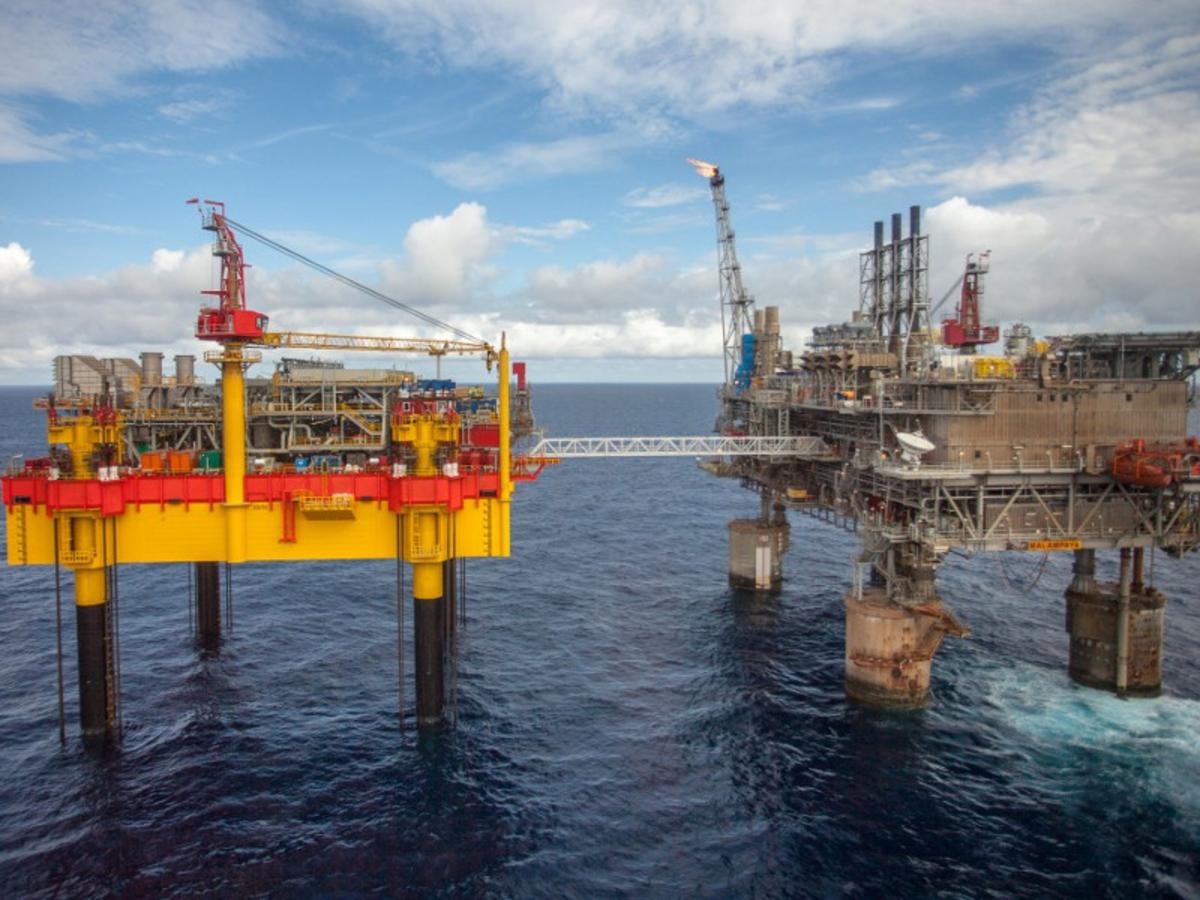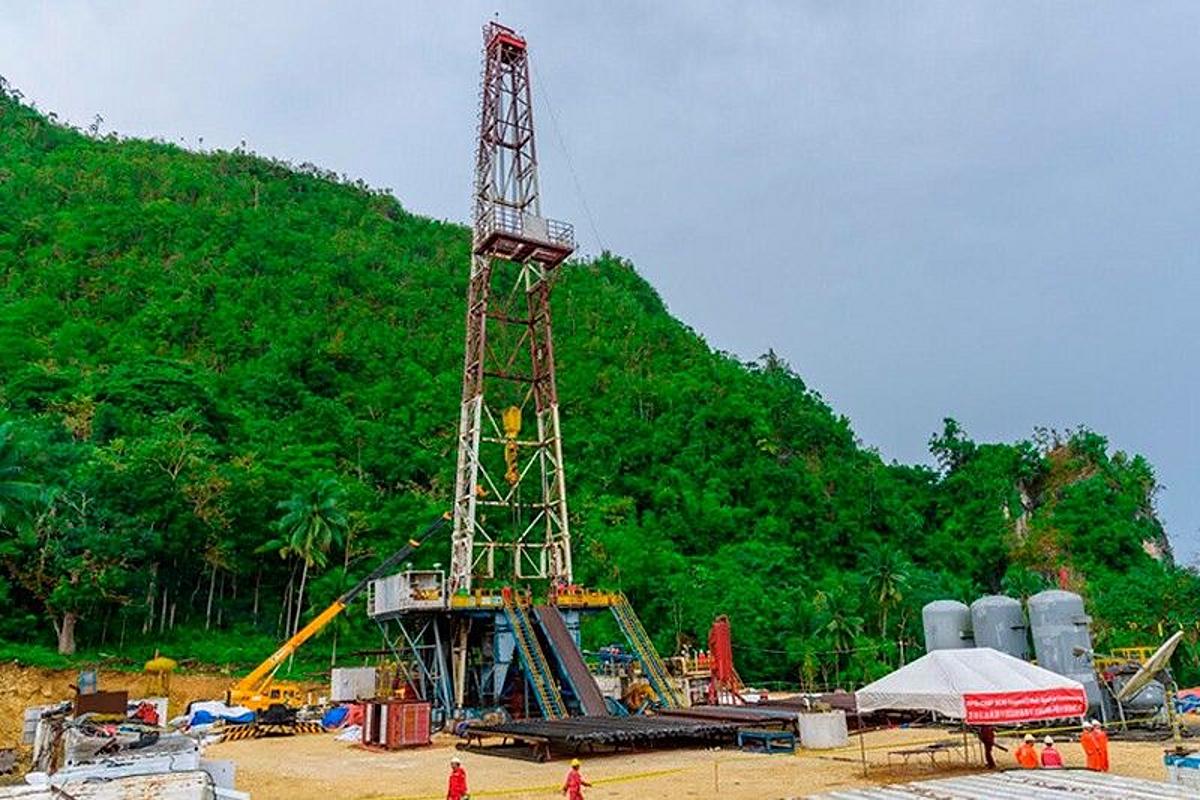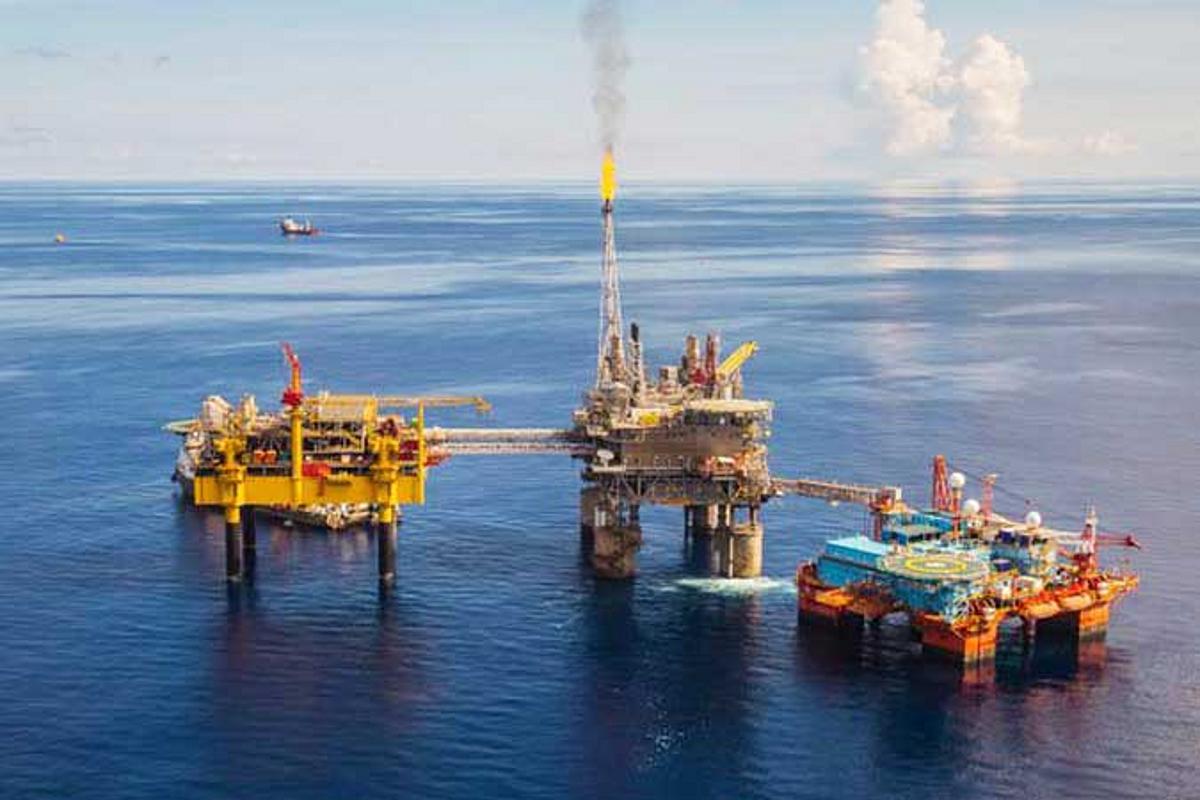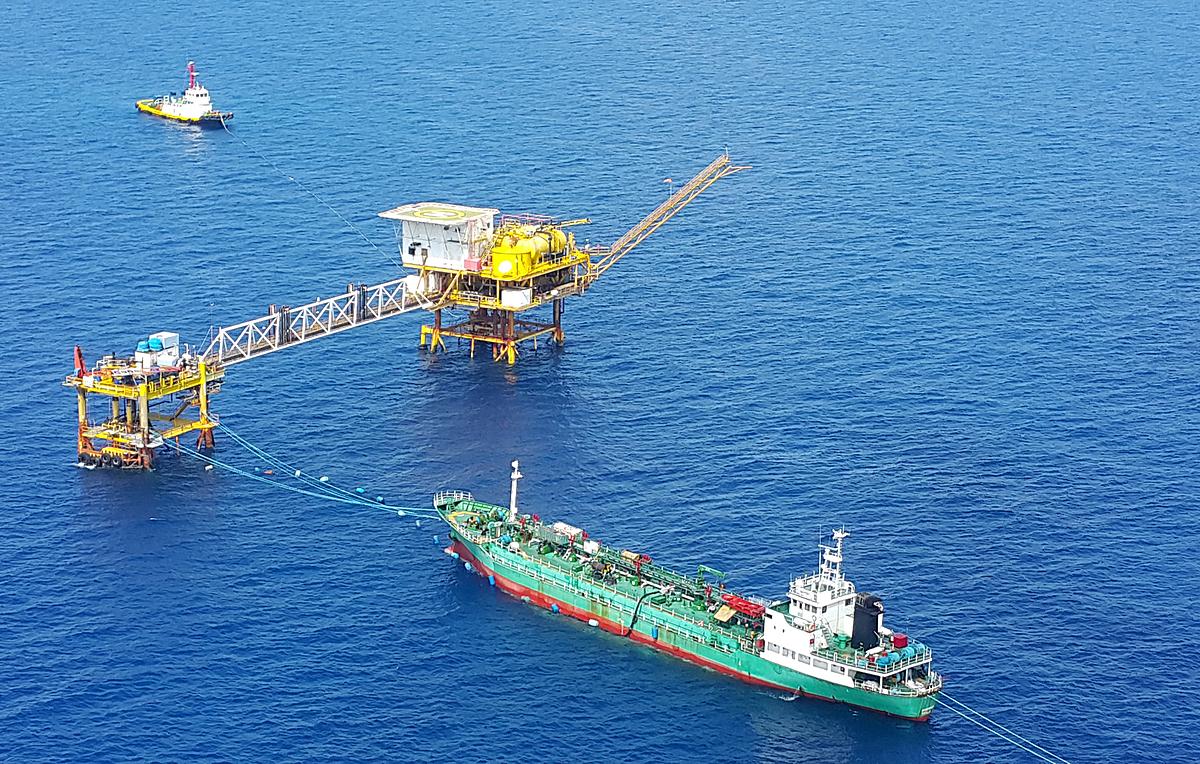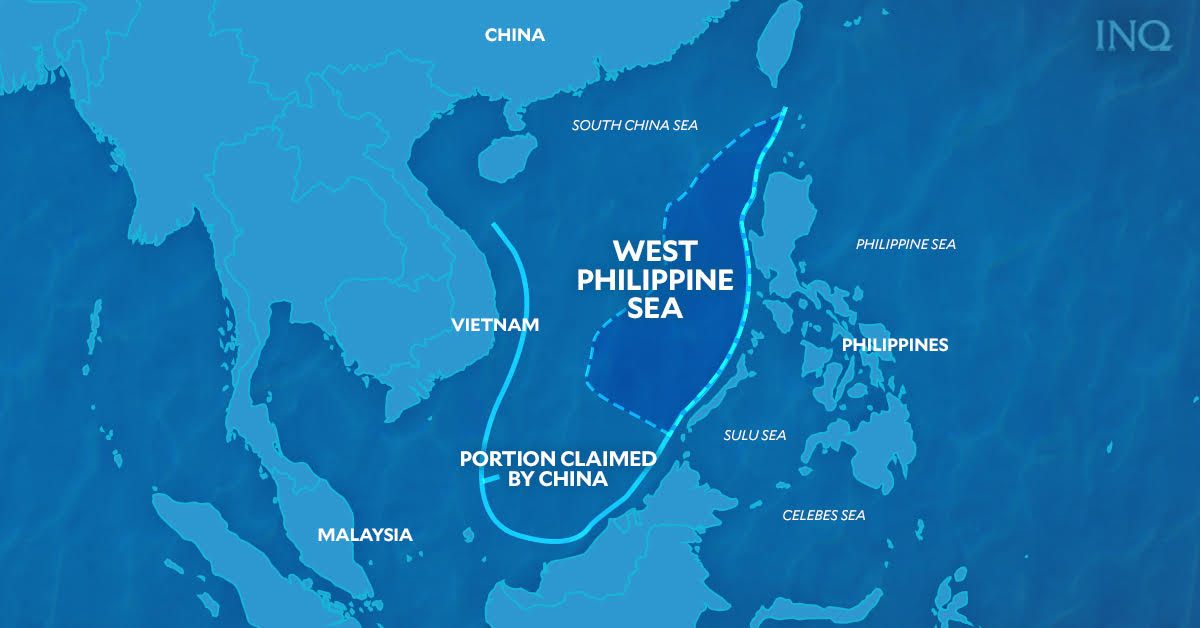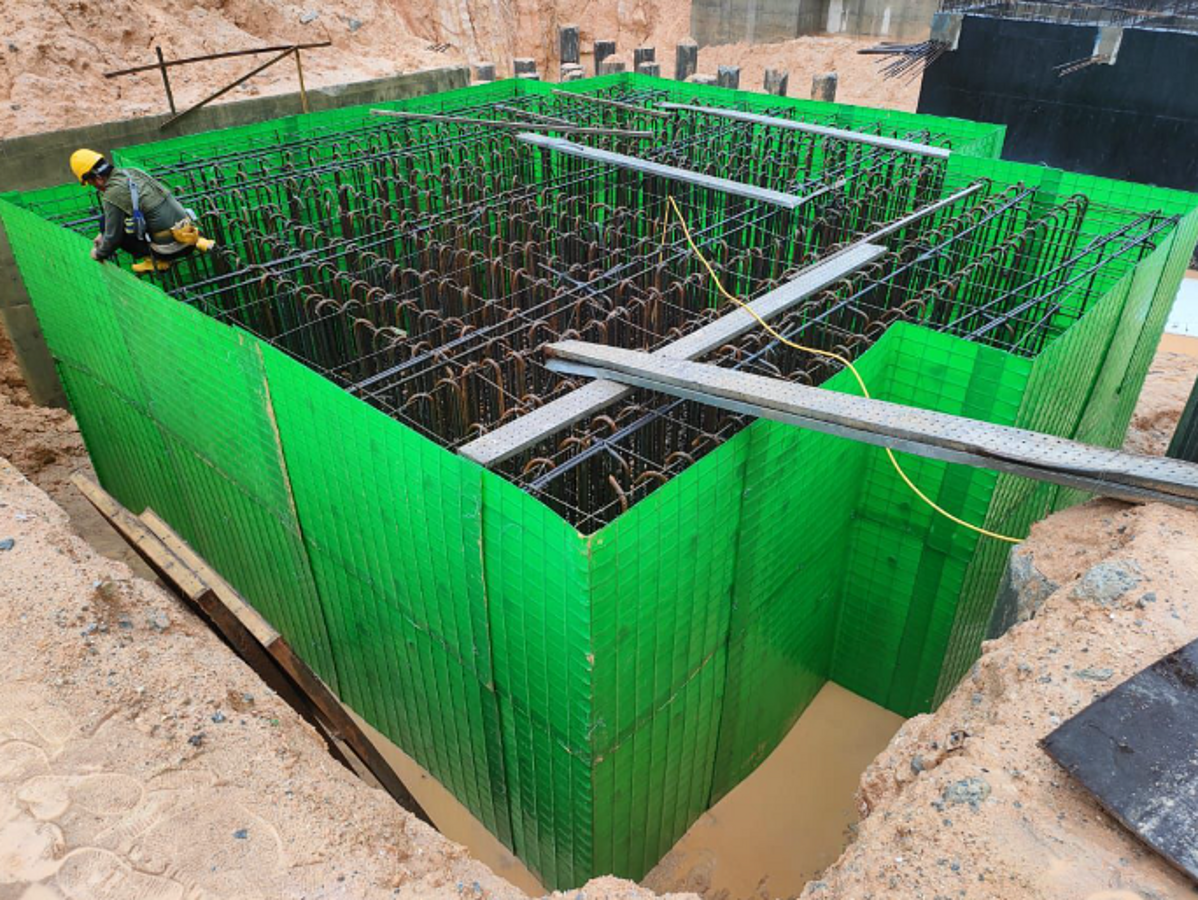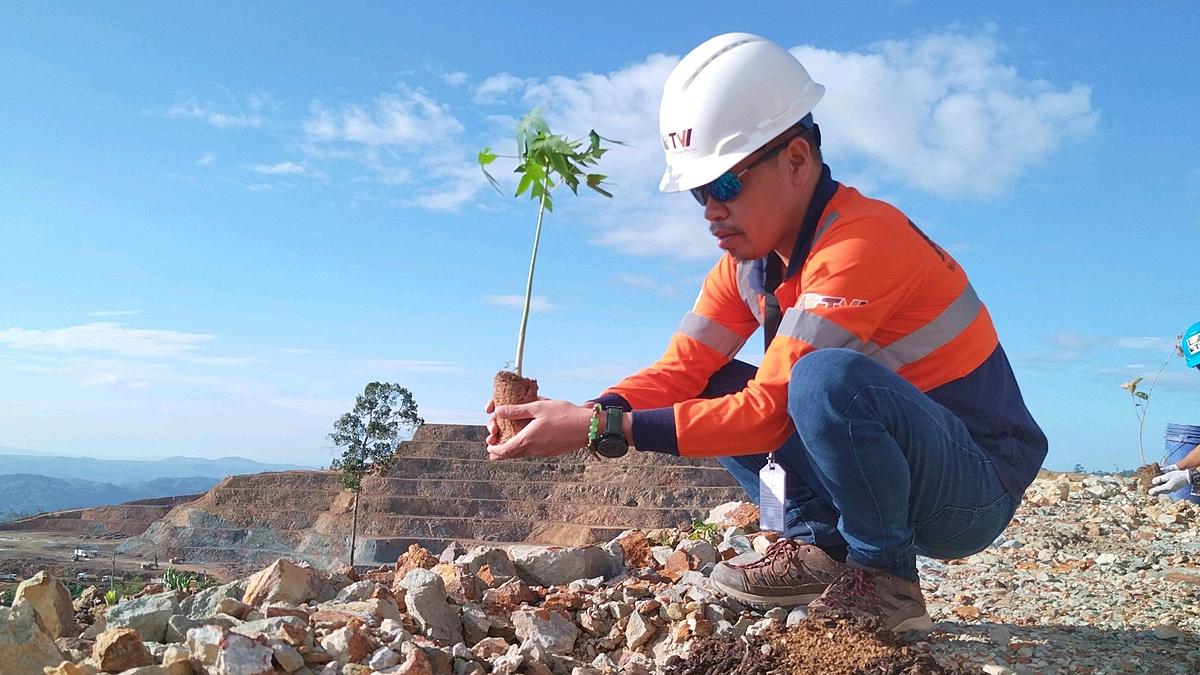Photo credit: Malampaya gas field
Fitch Solutions said the Philippines’ gas consumption outlook remains bullish but the administration’s aggressive push for renewable energy (RE) poses downside risks to natural gas consumption in the power sector.
In a commentary released to the media on Wednesday, Fitch Solutions said the country’s gas consumption between 2010 and 2021 averaged 3.5 billion cubic feet (bcf) to 4.4 bcf.
“The outlook for gas consumption remains bullish both reference and clean energy scenarios (CES),” it said.
Under the Philippine Energy Plan 2022-2040, the government aims to expand the gas-fired power-generating capacity to 24.3 gigawatts (GW) in the reference scenario and to 18.9 GW in CES from the current capacity of 3.45 GW.
It added that with the Department of Energy’s (DOE) approval of seven gas-fired power plants with a combined capacity of 7.1 GW, the country’s demand for liquefied natural gas (LNG) from the power sector could go up to 6 million tons per year.
The demand excludes requirements from the existing five power plants that source gas from the Malampaya gas field project.
Also, 10 proposed gas-fired power projects have yet to be approved. They have a total capacity of 8.8 GW.
With the expected depletion of the Malampaya gas field next year, Fitch Solutions said the Philippines will become reliant on LNG imports for power generation starting in 2025.
This year, some LNG import terminals will start their operation to supply the gas demand.
However, Fitch Solutions said the administration’s ongoing energy policy that favors renewable sources could pose significant downside risks to natural gas consumption in the power sector.
“Overall, the outlook for LNG imports remains bullish, but the future role of LNG in the power sector could be at risk if the incumbent Marcos government, which views natural gas as a transition fuel, invokes a change in current energy plans,” it said.
In the long-term energy plan, the government aims to expand renewable power capacity from 7.6 GW in 2022 up to 53.2 GW in the reference scenario and 81.5 GW in the CES.
Several reforms were also made in the first six months of the Marcos administration to lure investments in the RE sector. By Kris Crismundo
Article courtesy of the Philippine News Agency

